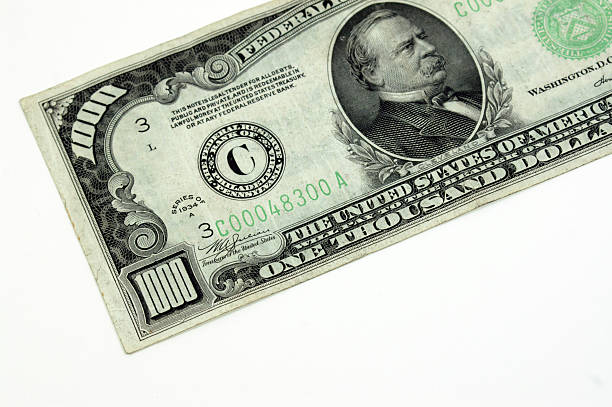Investing $1000 can be a smart decision to start growing your wealth and securing your financial future. While it may seem like a modest amount, there are several options available to make the most of your investment.
In this detailed introduction, we will explore various investment avenues that can help you maximise your $1000.
When investing $1000, it's crucial to have realistic expectations. While significant returns are possible, they may take time and require careful planning.
It's essential to consider your financial goals, risk tolerance, and investment horizon before deciding on the best approach.
One common investment strategy is to focus on low-cost, diversified options. This helps mitigate risk by spreading your investment across different assets.
Some popular investment options include:
1. Exchange-Traded Funds (ETFs): ETFs are investment funds that trade on stock exchanges, similar to individual stocks. They offer broad exposure to various sectors or market indices, providing instant diversification.
With $1000, you can invest in a selection of ETFs that align with your investment goals and risk tolerance.
2. Mutual Funds: Mutual funds pool money from multiple investors to invest in a diversified portfolio of securities such as stocks, bonds, or a combination of both.
Many mutual funds have low minimum investment requirements, making them accessible for individuals starting with $1000.
3. Robo-Advisors: Robo-advisors are online platforms that use algorithms to create and manage an investment portfolio based on your risk profile and goals.
They typically have lower fees compared to traditional financial advisors, making them suitable for smaller investments.
4. Individual Stocks: While investing in individual stocks carries more risk, it can offer higher potential returns. With $1000, you can start building a diversified portfolio of individual stocks.
Conduct thorough research on companies, consider their financial health, growth prospects, and industry trends before making investment decisions.
5. Peer-to-Peer Lending: Peer-to-peer lending platforms allow you to lend money directly to individuals or small businesses in return for interest payments.
This option can provide higher yields compared to traditional savings accounts or bonds. However, it's important to understand the associated risks and carefully assess the borrowers' creditworthiness.
6. High-Yield Savings Accounts or Certificates of Deposit (CDs): If you prioritise the preservation of capital over high returns, you might consider depositing your $1000 into a high-yield savings account or a CD.
These options offer a fixed interest rate and are relatively low risk, providing a stable return on your investment.
7. Education and Self-Development: Consider investing in yourself by expanding your knowledge and skills. Take courses, attend workshops, or purchase educational materials that can enhance your earning potential in the long run.
This investment in personal development can yield significant returns over time.
Regardless of the investment avenue you choose, it's crucial to stay informed, diversify your portfolio, and regularly monitor your investments.
Be prepared to ride out short-term market fluctuations and maintain a long-term perspective. It's also advisable to consult with a financial advisor or conduct thorough research before making investment decisions.
Investing involves risks, and there is no guaranteed return on investment. However, with careful planning, research, and a disciplined approach, investing $1000 can be the first step toward building a more secure financial future.

